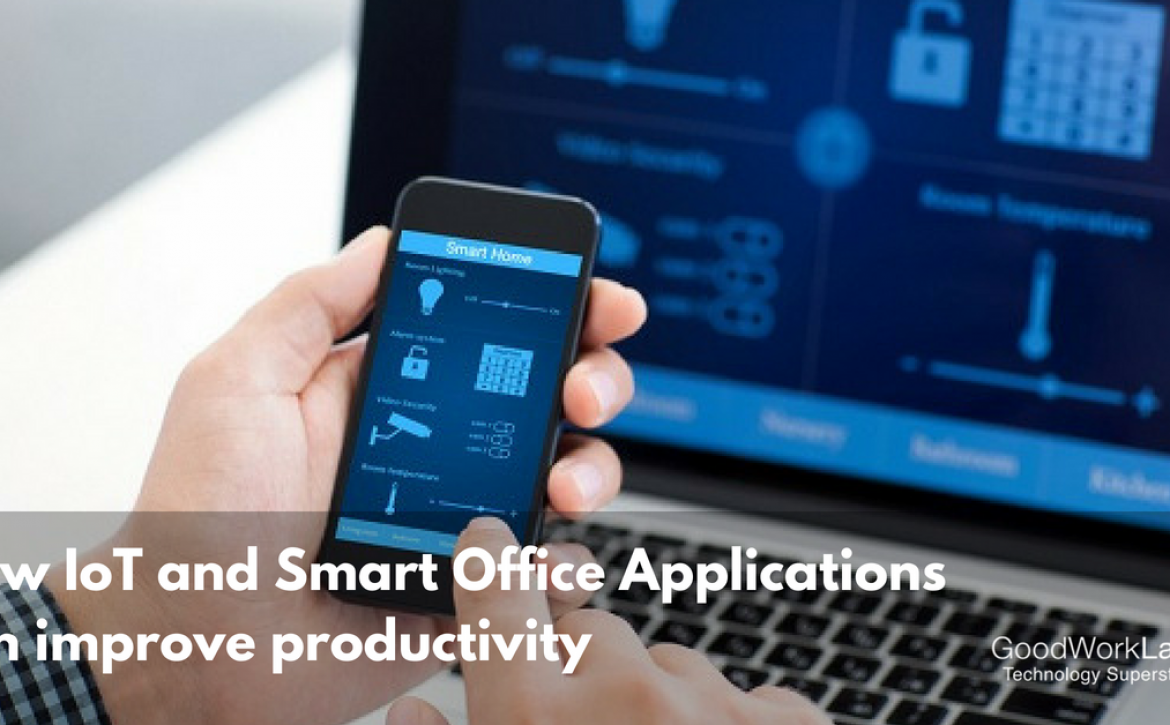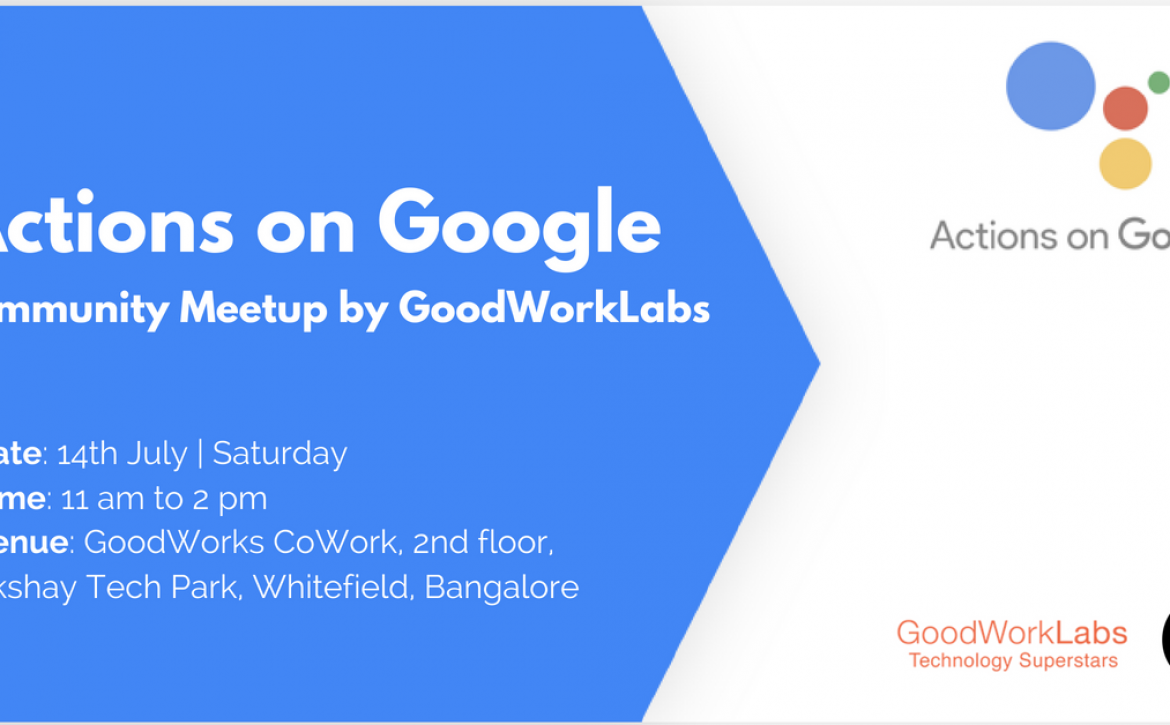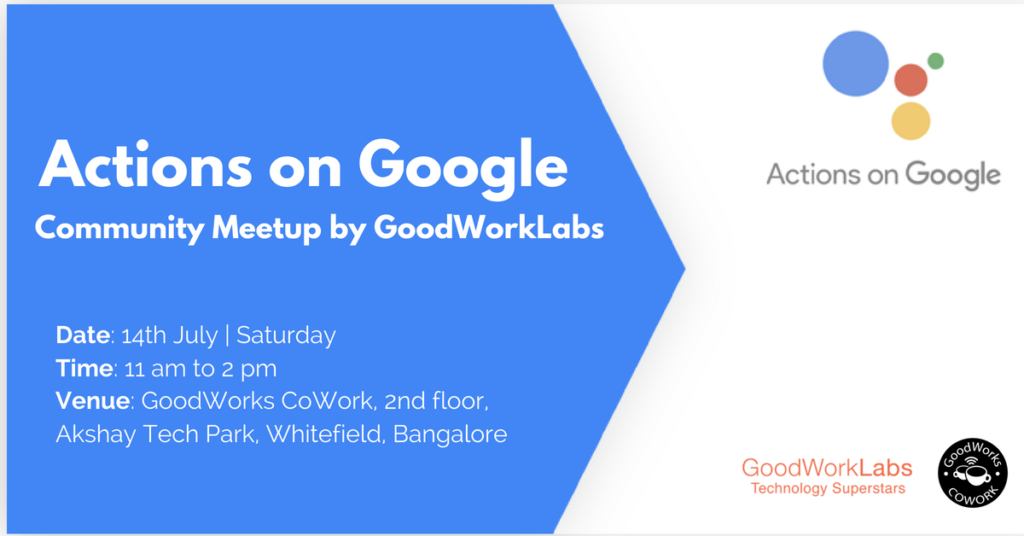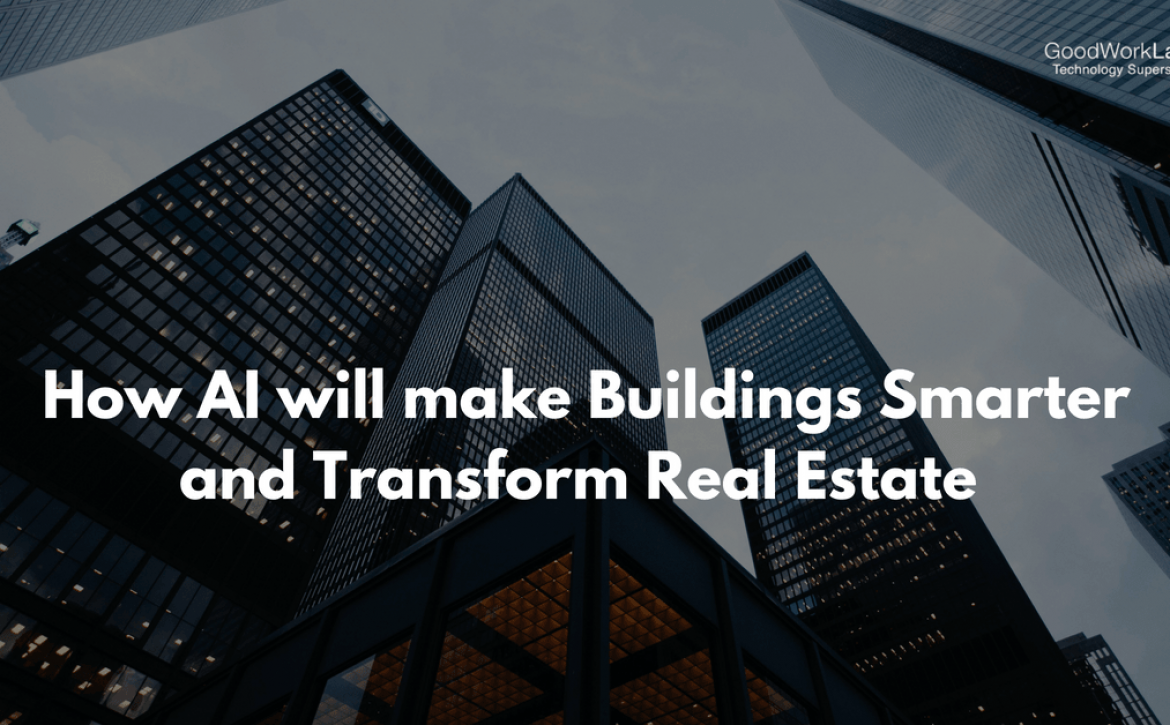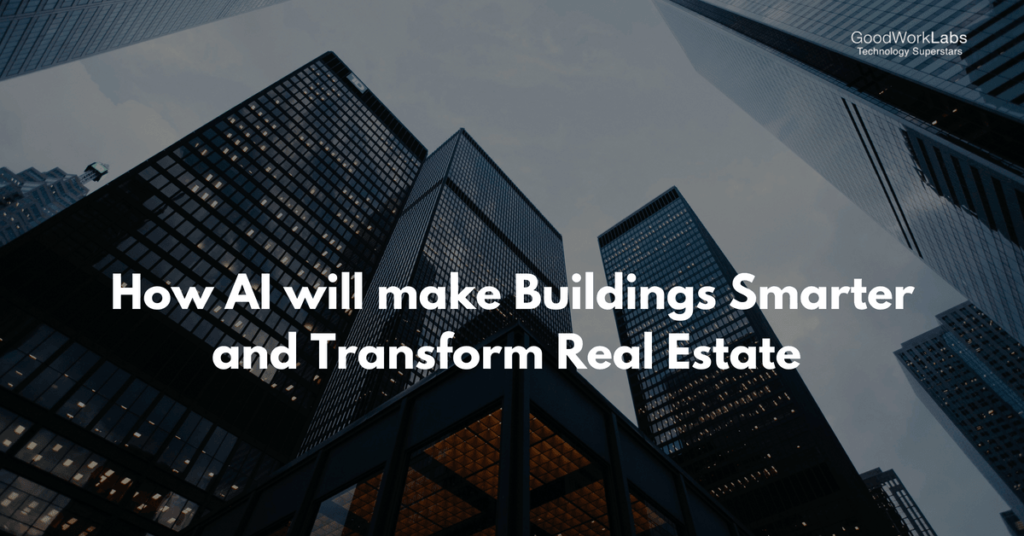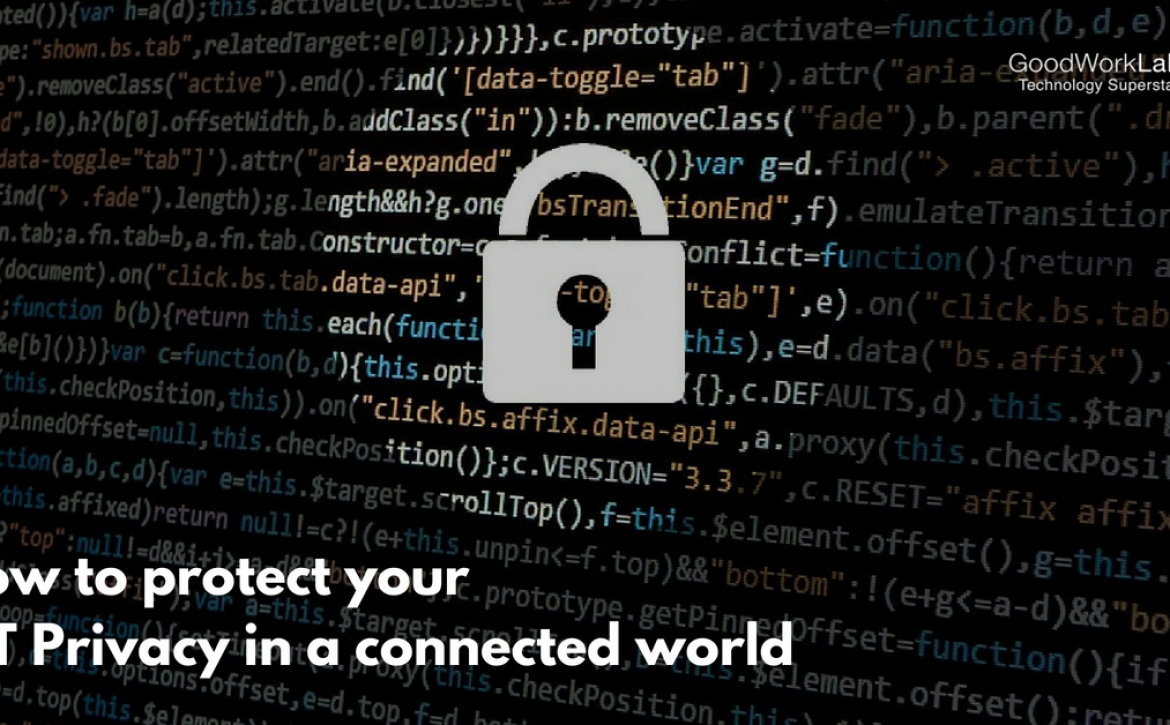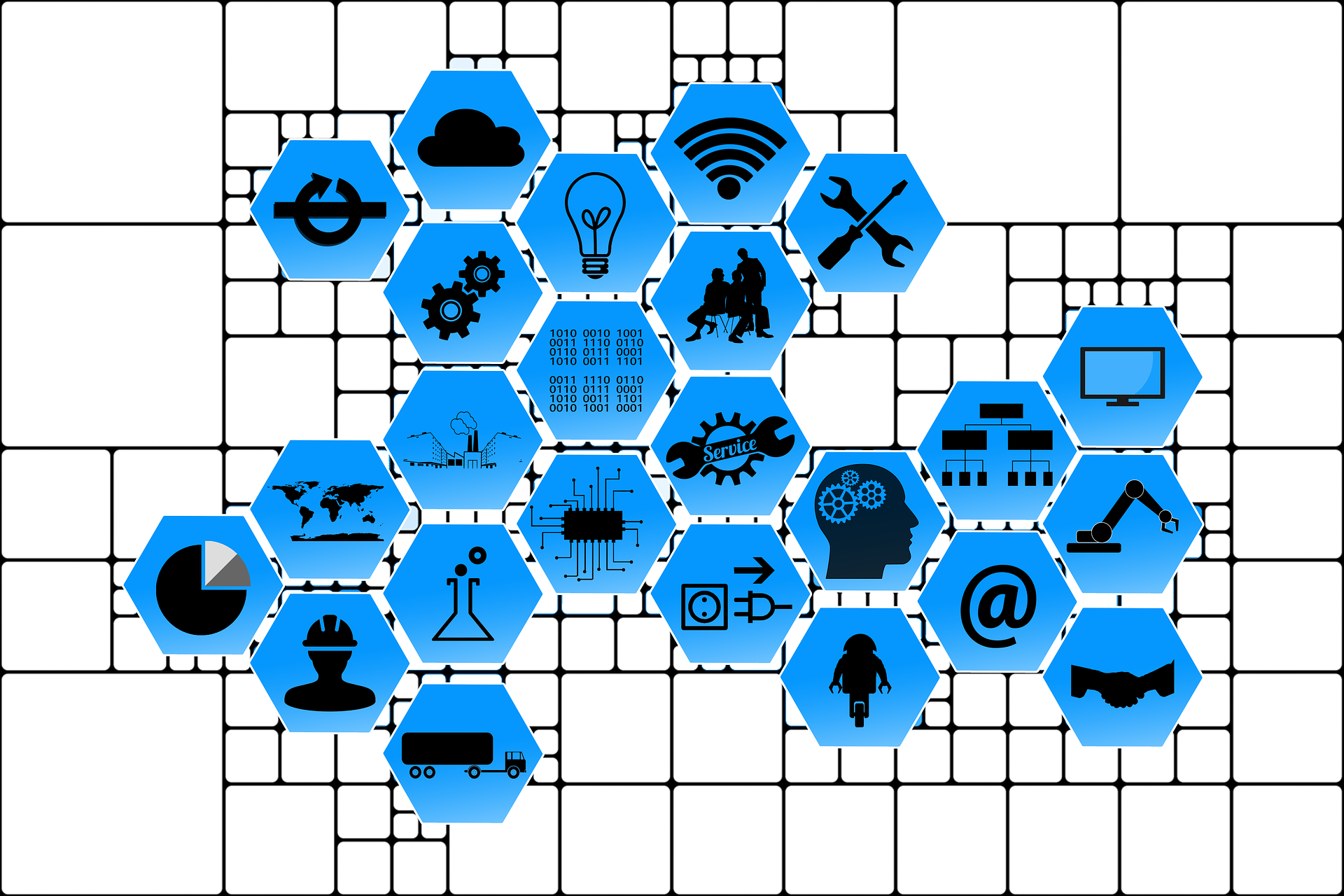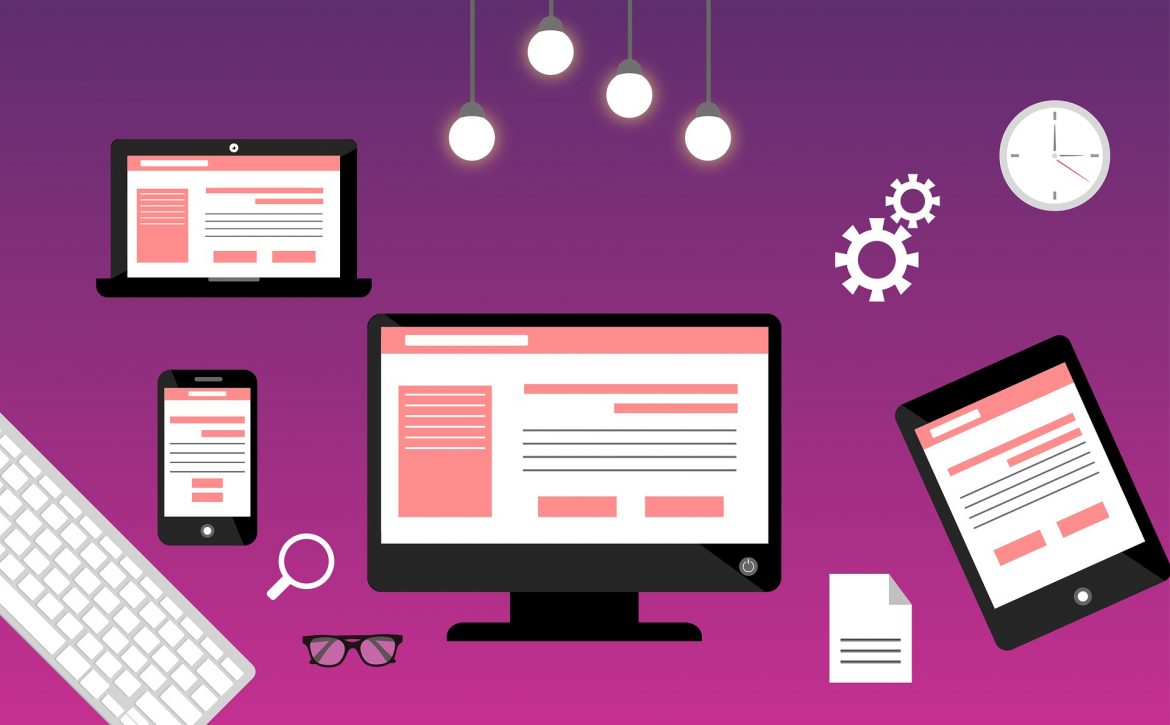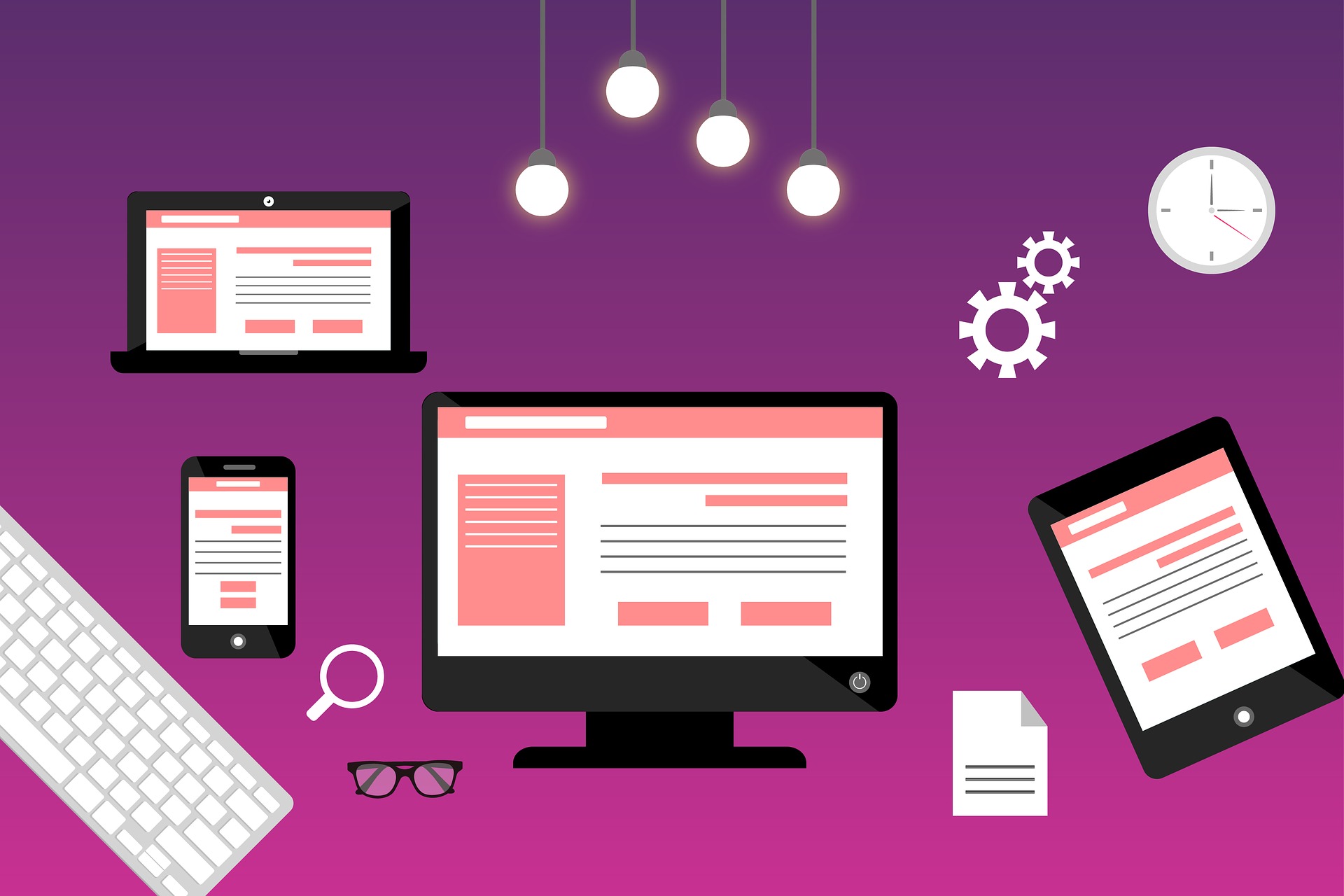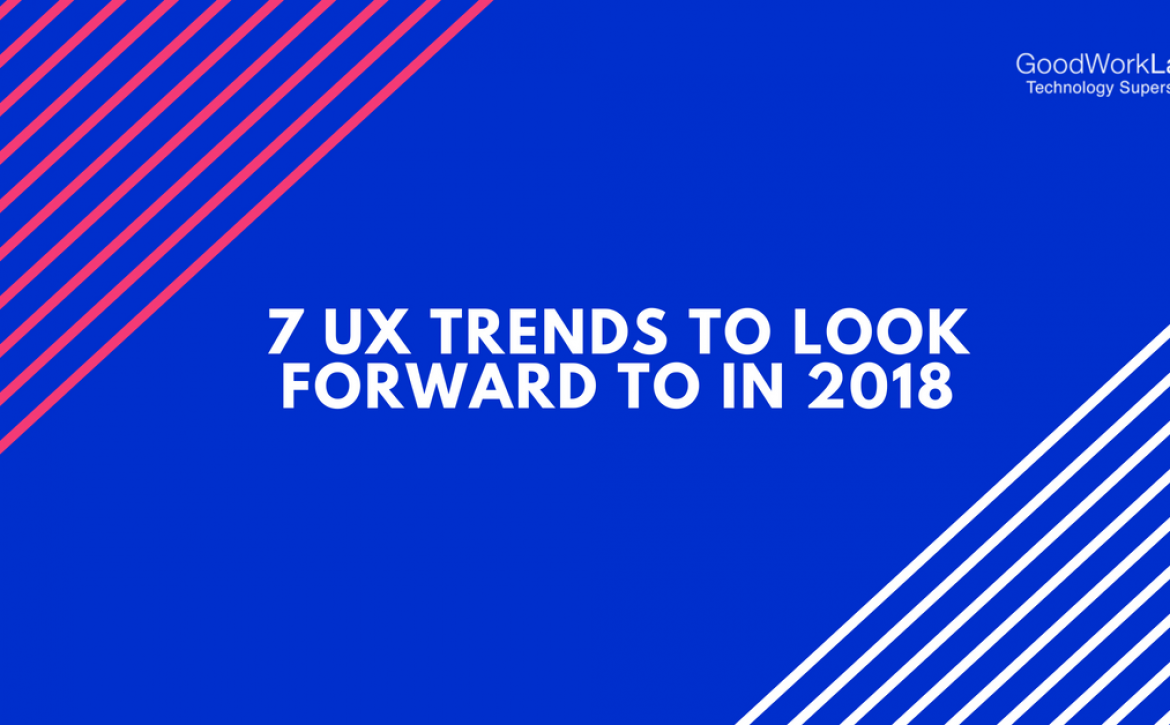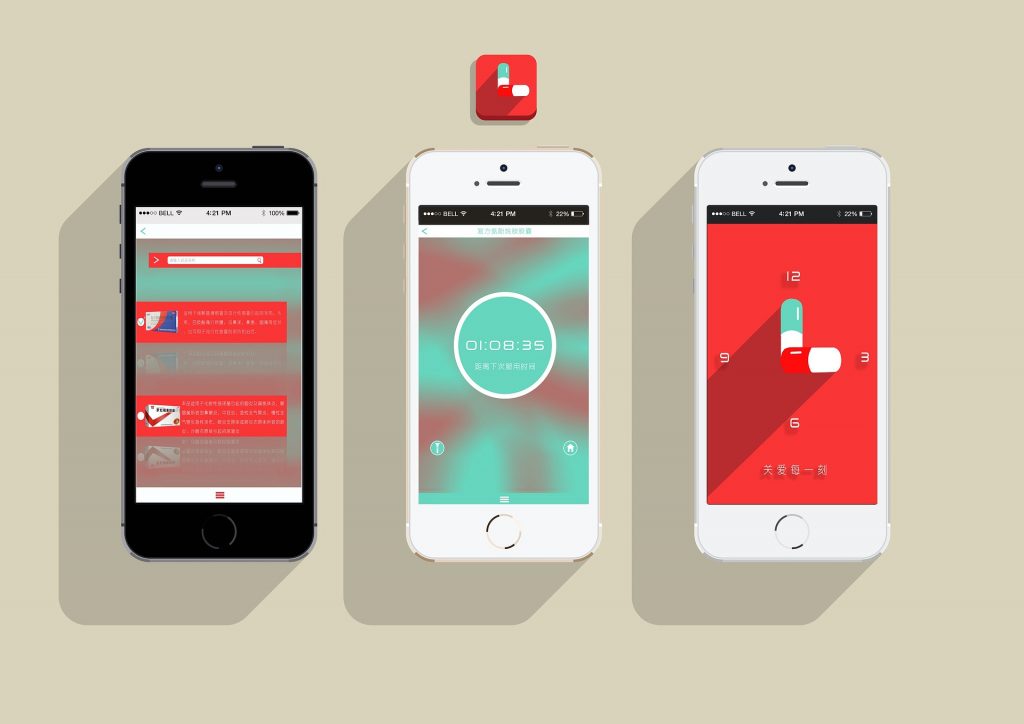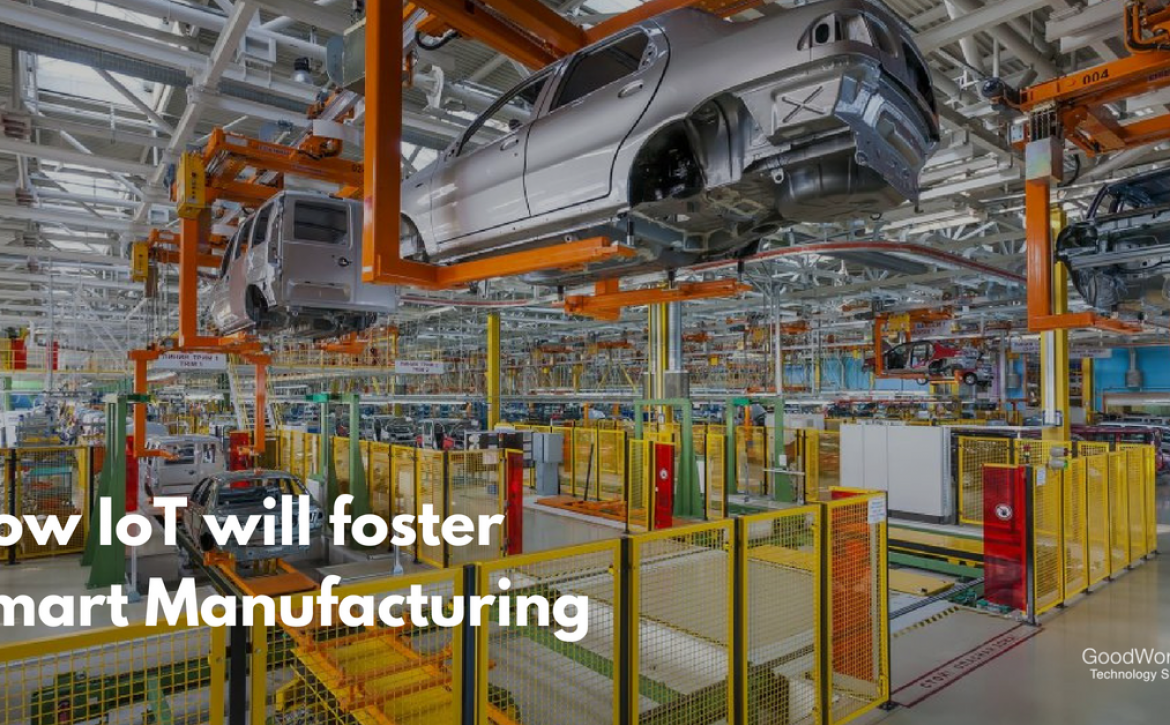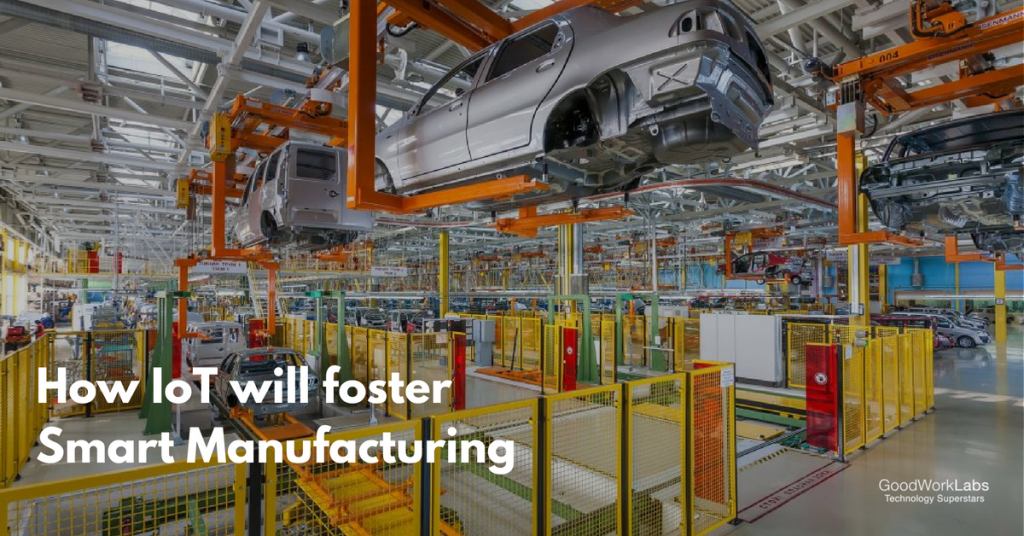5 ways how IoT & Smart Office applications can improve productivity
How IoT and Smart Office applications can improve productivity
In an office setting, everything counts. The smallest bit of increase in efficiency gets amplified manifold times in a competitive environment. Installing features in order to make office space smarter can be considered as one of the many responsibilities of IoT (Internet of Things).
Adoption of smart office technologies is a trend that is increasingly catching up. Using the internet of things gives you an insight into the things that are eating up most of your resources. Increase in office productivity is a definite outcome of using smart offices and workspaces. Not only that, but one can also streamline routines and make the work environment far safer for employees. And safer work environments contribute to better productivity by leaps and bounds.
What is a smart office?
For those who are not well introduced to the concept of a smart office, this is what it is.
A smart office is a workspace equipped with IoT devices. All these devices have an IP address of their own. These devices transmit and receive information over the net. It is a smart ecosystem that relies on multiple devices. This makes controlling and managing office conditions easy.
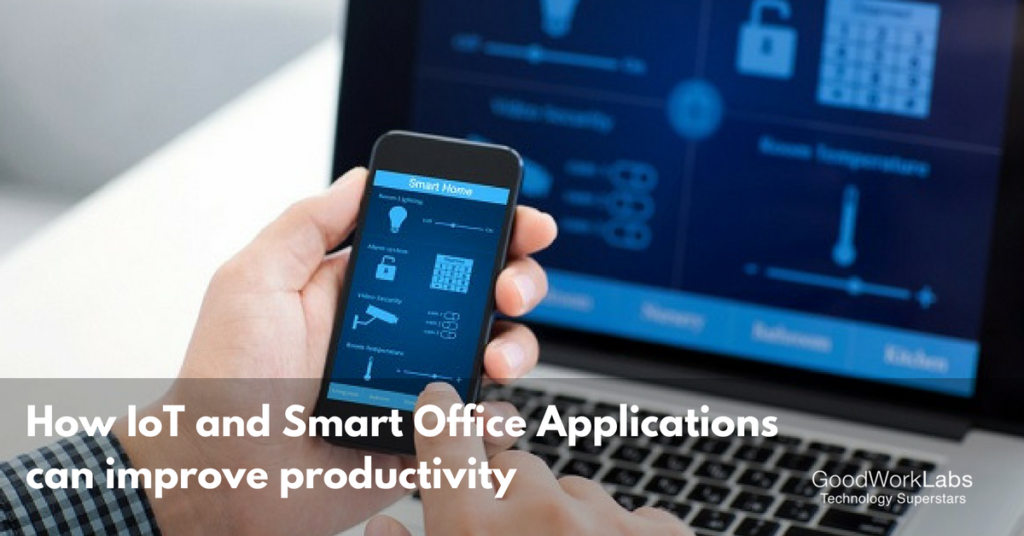
How can IoT boost smart office efficiency?
Some of the ways in which smart offices contribute to better productivity are:
1. Energy consumption
It is a common sight to see appliances left on even when nobody seems to be using them. IoT manages to makes office spaces smart enough to detect a change in a certain space and automatically puts off appliances that are not in use. This cuts down on electricity bills thereby cutting down on extravagant utility expenses.
2. Safer workspaces
Installation of safety cameras, sensors, and access control systems ensure that the device you are using is safe from malware and any sort of informational theft. IoT acknowledges that privacy is important and hence contributes to making office spaces safer. IoT provides proof in case of any criminal activity in the workspace.
3. Resource management
Many a times it so happens that companies end up investing asset resources to perform trivial tasks due to the lack of employees. IoT allows the determination of patterns and devices algorithms that perform the tasks faster. This helps you to invest your asset resources into more productive tasks and get more important things done.
4. Conditioned climate
IoT also manages to regulate the temperature of the workspace by estimating the ideal requirement. This makes the work environment comfortable enough for employees and they no longer seem distracted. A comfortable work environment consequently aids focus and efficiency, which in turn brings about enhanced productivity.
5. Space management
Owing to IoT’s ability to store tons and tons of data, your workspace becomes a paperless environment. This leaves more space in the office and makes the space more breathable. Good and productive office work requires a spacious workspace.
In conclusion, IoT and its many implications is an endless topic to speak over. However, anything that has IoT as its core functionality has an immense scope of survival in the digitalized future.


